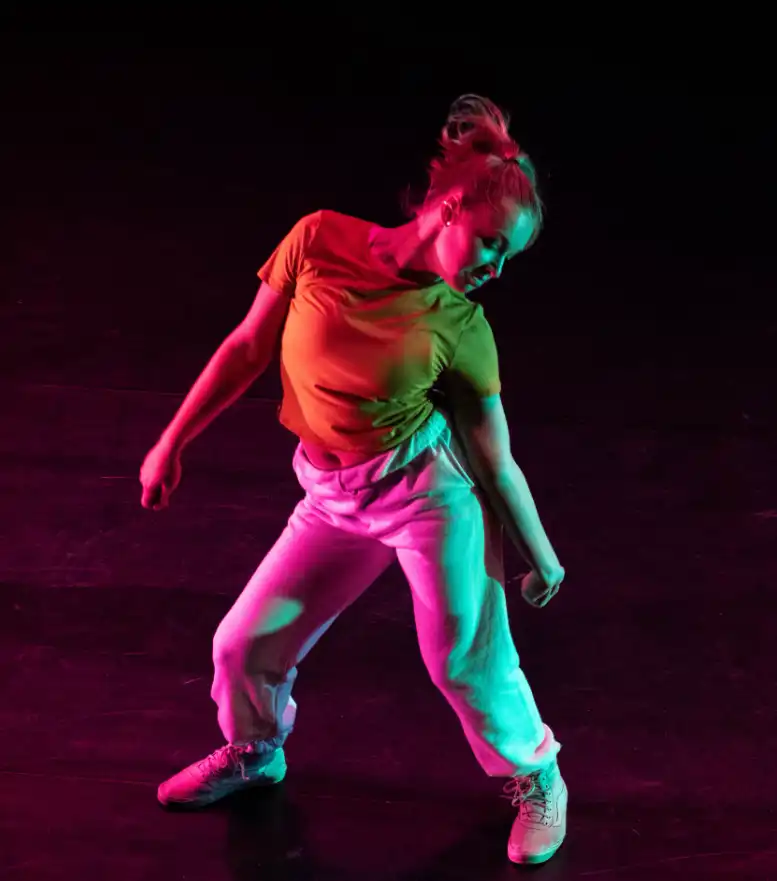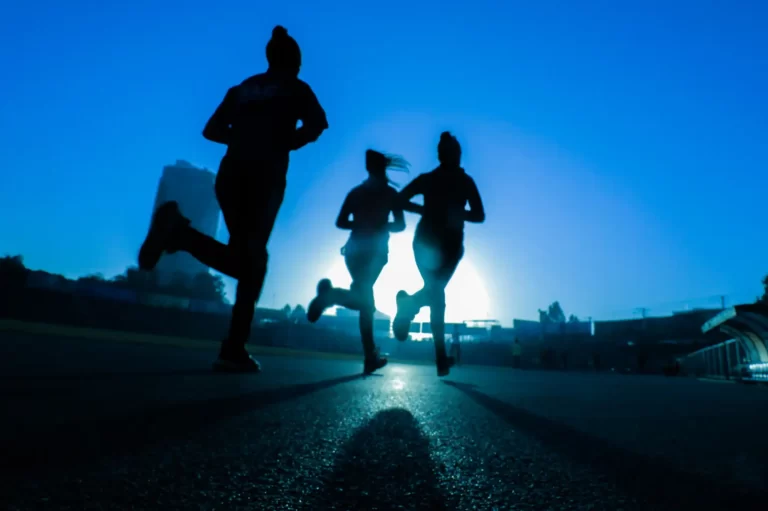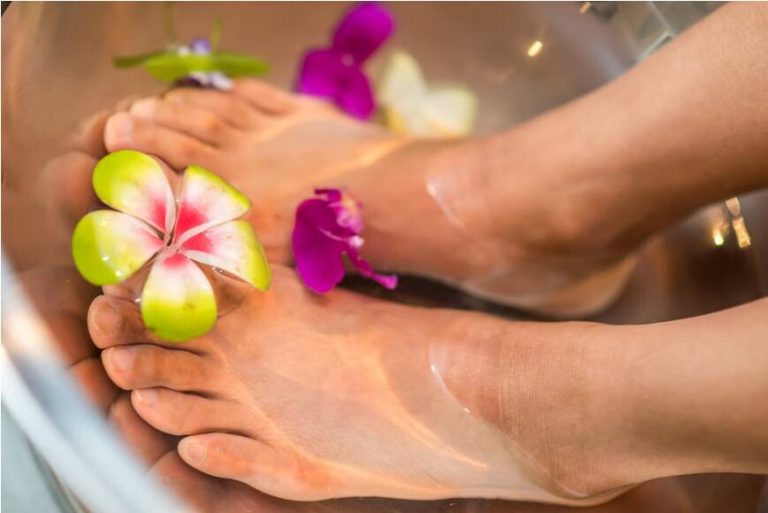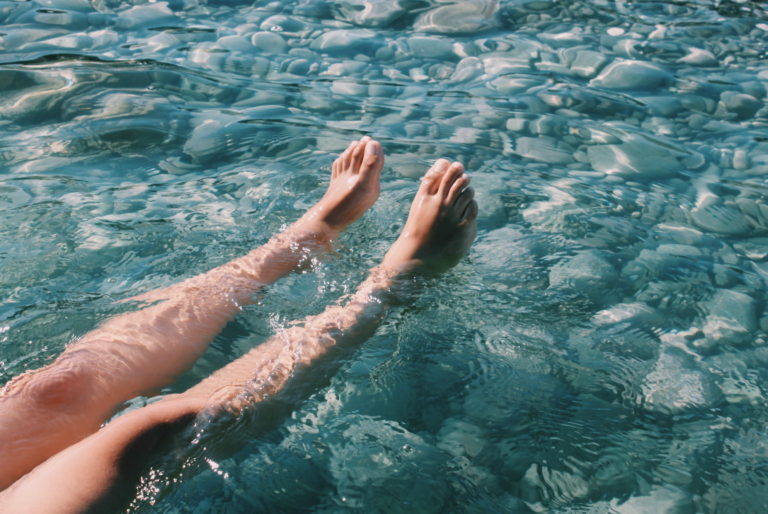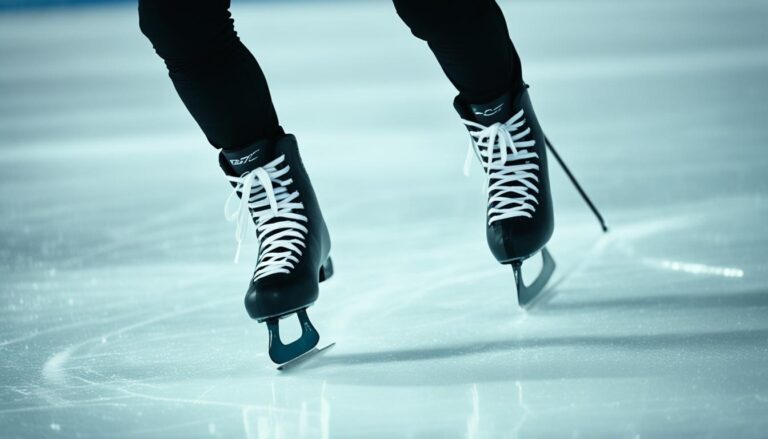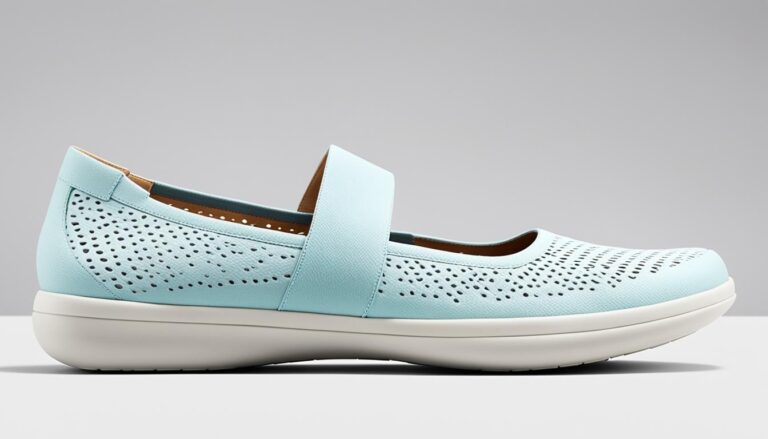Dancing with Flat Feet – A Comprehensive Guide for Us
As dancers, our feet pose special challenges. If you’ve got flat feet, known as pes planus, you’re not alone. In this guide, we’ll dig into how to make the best of dancing, even with our unique foot shapes.
Ever thought about changing your dance moves to fit your feet better? We will tackle this key question in our guide, showing you how to reach your full dancing potential with flat feet.
We’ll explore flat feet, talk about overpronation, and learn how to adjust our dance styles. We’ll also cover picking the right shoes, avoiding injuries, and embracing what makes us unique on the dance floor. In short, this guide will show flat-footed dancers how to shine in the dance world.
Key Takeaways
- Discover the special challenges and tactics for dancers with flat feet
- Understand how flat feet affect your dancing and techniques
- Deal with overpronation and prevent possible injuries
- Find out how to tweak dance styles for your foot’s natural form
- Learn about choosing the best dance shoes and staying injury-free
Understanding Flat Feet and Its Impact on Dancing
For dancers, our feet are vital for how we move and perform. It’s key to know about flat feet if you have this condition. Flat feet means your foot does not have its usual arch. So, the whole bottom of the foot touches the ground when you stand or walk.
What Are Flat Feet?
Flat feet can happen for many reasons. This includes genetics, past injuries, or gaining a lot of weight. With flat feet, the foot may roll inward when you move. This is called pronation. Knowing you have flat feet is the first step to deal with its effects on dancing.
How Flat Feet Affect Dancing Movements
No arch due to flat feet changes how we dance. It affects our balance, stability, and the way our movements feel. Dancers with flat feet might feel more stress on joints and muscles. This happens when doing dances that need a lot of force like jumps.
Flat feet might make maintaining good posture a bit hard. It could also make balancing and weight-shifting challenging during dance moves. This is important to know as it affects our ability to do certain dance steps well. It’s vital for improving how we dance to be aware of these issues.
Overpronation: The Common Challenge for Flat-Footed Dancers
Dancers with flat feet often deal with overpronation. This means our feet roll too much inward. It affects how well we can dance, our balance, and how we perform. Knowing the signs of overpronation is key. It helps us come up with ways to deal with this issue.
Recognizing the Signs of Overpronation
For flat-footed dancers, overpronation can show up in a few ways. Feet rolling too much inward is a big red flag. It makes the arches of our feet fall and our ankles turn in. This loss of stability and balance makes some dance moves hard to do right. You might also see your shoes wear out in an odd way. Or, notice your feet point inward. These are clues of overpronation.
Potential Injuries Associated with Overpronation
Overpronation can up the risk of dance-related injuries for dancers with flat feet. It puts too much pressure on the ankles, knees, and hips. This can cause pain and even lasting harm. Problems like plantar fasciitis, Achilles tendinitis, and stress fractures often happen because of overpronation.
See the signs of overpronation and you can protect yourself from getting hurt. Next, we’ll talk about how to deal with this and keep dancing strong.
Adapting Dance Technique for Flat Feet
If you dance and have flat feet, some changes might be needed in how you dance. This is to fit better with your foot shape.
Getting your feet and body in the right position is key. It can help us improve our moves and feel good about dancing.
Proper Foot Alignment and Posture
For those of us with flat feet, placing our feet right is crucial. We will look at ways to do this correctly. This includes how we hold our body and distribute our weight.
Good posture isn’t just for standing straight. It helps you stay balanced and steady while dancing. This improves your whole performance.
Modifications for Specific Dance Styles
Having flat feet can be tricky in different types of dancing. From ballet to jazz, we will see how to adjust our moves. This lets us dance better and with more confidence.
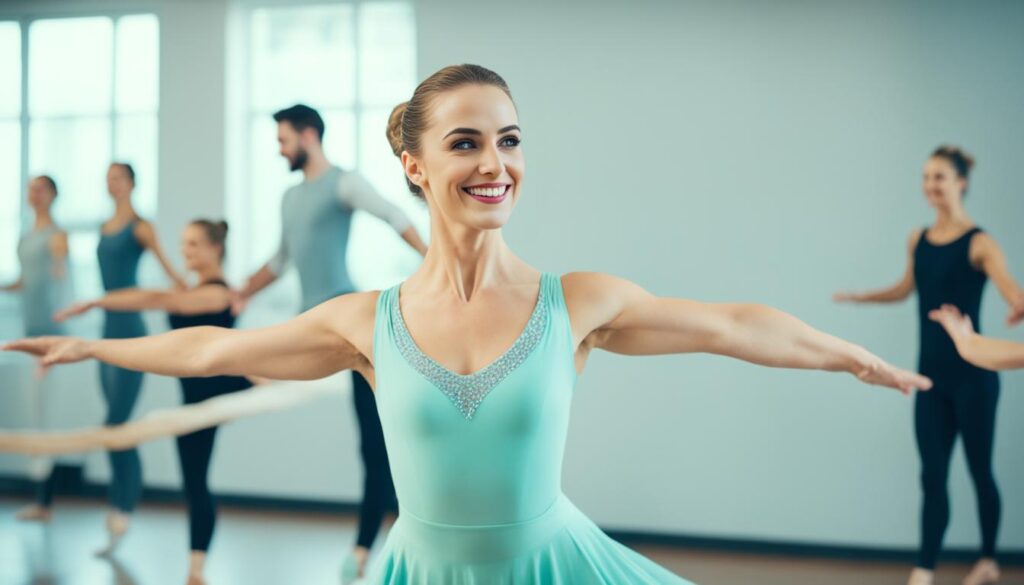
Choosing the Right Footwear for Dancing with Flat Feet
Flat-footed dancers need to choose their shoes carefully. It’s all about comfort, stability, and staying injury-free. There are some important things to look for in dance shoes.
Features to Look for in Dance Shoes
Dance shoes for folks with flat feet should have good arch support. They ought to have a strong yet bendable sole, perfect for absorbing shock. This reduces stress on our joints while we move. Good shoes strap or lace up snug, supporting and stabilizing our feet efficiently.
Orthotics and Arch Support Options
Flat feet benefit from orthotics or extra arch support in shoes. Custom inserts cater to our unique foot shape and how we walk. This means more comfort and less chance of getting hurt. Yet, you can also try ready-made arch supports. They’re a cheaper way to boost your shoe’s support and comfort.
By focusing on the right shoe features and adding proper arch support, dancing becomes easier. We can enjoy our time dancing with less worry.
Injury Prevention Strategies for Flat-Footed Dancers
Flat-footed dancers have a higher risk of injuries like ankle sprains and plantar fasciitis. To help avoid these, we need to use smart injury prevention strategies. These will keep us dancing for a long time.
Strengthening Exercises for the Feet and Ankles
To be stronger and less likely to get hurt, we need to work on our feet and ankles. Doing exercises such as calf raises, towel scrunches, and using a resistance band can be very helpful. These help make our feet and ankles strong enough to support us while we dance.
Stretching Routines for Improved Flexibility
Dancers need to be flexible, even if they have flat feet. Regular stretching makes our movements smoother and lessens the chance of injury. Stretching the calves, Achilles tendons, and the plantar fascia is especially good for us flat-footed folks.
Using a mix of strengthening and stretching, we can dance with less worry. These practices are all about keeping our feet and ankles strong and flexible. This way, we can enjoy dancing and take on the challenges of being flat-footed.
Addressing Common Concerns and Misconceptions
As dancers with flat feet, we often hear doubts about our skills. It’s key to tackle these beliefs directly. We can show that having flat feet doesn’t stop us from being great dancers.
Some think having flat feet means we can’t dance well. That’s not true at all. Yes, we might need to adjust how we move. But, many dancers with flat feet have shown they can do amazing things. For example, our flat feet can actually help in tap dancing by giving us a strong connection to the floor.
People worry that having flat feet affects how we feel and fit in with other dancers. It’s true that some might not fully get what we deal with. This can lead to doubt or not feeling accepted at first. But, we can change this by sharing our stories and educating others. This will help show that dancing with flat feet is a unique strength, not a weakness.
Dancing with flat feet brings something special to the dance world. By staying true to who we are, we make dance more open and welcoming. Our success encourages other dancers with flat feet to follow their dreams. Together, we make the dance community richer with our different stories and experiences.
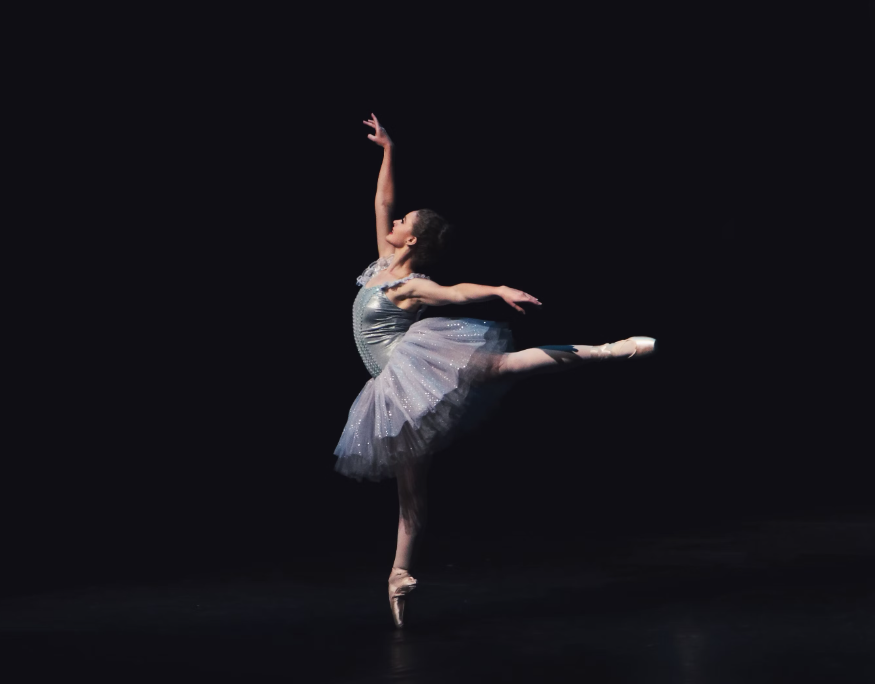
Posture Correction and Body Alignment Techniques
For dancers with flat feet, staying upright and aligned is key. It boosts our balance, stability, and dance performance. Focusing on these areas lets us refine our moves. We can then dance with more ease and confidence.
One vital step is to straighten our spine and shoulder. Keeping your shoulders back, head up, and core tight is essential. It makes sure our posture is right, improving our balance and stability while we move.
Adding exercises for our feet and ankles helps fix our posture more. Working on these areas lets us better control our alignment. It also helps keep our feet in a better position, even with flat feet. Good exercises are towel scrunches, calf raises, and balancing drills.
Don’t forget about improving your flexibility. It’s important for correcting posture. Stretching, especially for your hips and legs, is a must. It gives you more freedom of movement and better dance flow.
Adding these posture and alignment tips to your dance routine will make a big difference. You’ll improve your standing, move more gracefully, and feel surer of yourself. This way, dance becomes not just performance, but a way to express yourself fully.
Embracing Your Uniqueness as a Flat-Footed Dancer
Our flat feet make us unique, not limited. They show our resilience and vast potential in dance.
Celebrating Diversity in the Dance Community
Diversity in dance makes it strong, including flat-footed dancers. Adapting makes us special in the dance world’s tapestry.
Inspiring Stories of Successful Flat-Footed Dancers
Famous dancers like Misty Copeland show being flat-footed is not a barrier. They inspire us to follow our passions and be proud of who we are.
By taking pride in our uniqueness and finding inspiration in others, we build self-love and power. Let’s see our flat feet as a strength and encourage others with our journey, in dance and beyond.
Conclusion
Dancing with flat feet brings special challenges. But, we can beat these challenges with the right tools and attitude. It’s all about knowing our feet, fixing overpronation, and changing how we dance and what we wear. This helps us stay true to our dance dreams and stand out as dancers.
Our flat feet aren’t a barrier; they show our strength and limitless talent. Let’s take on this journey and encourage others to join. With our efforts, the dance world will become a better place for dancers with flat feet. We’ll see more empowerment and love for different dance styles.
The lessons from this guide are straightforward. With proper tools, skills, and a good attitude, we can do great in dancing even with flat feet. We should care to avoid injuries, keep our body straight, and value what makes us special. This will change the game for flat-footed dancers worldwide.

